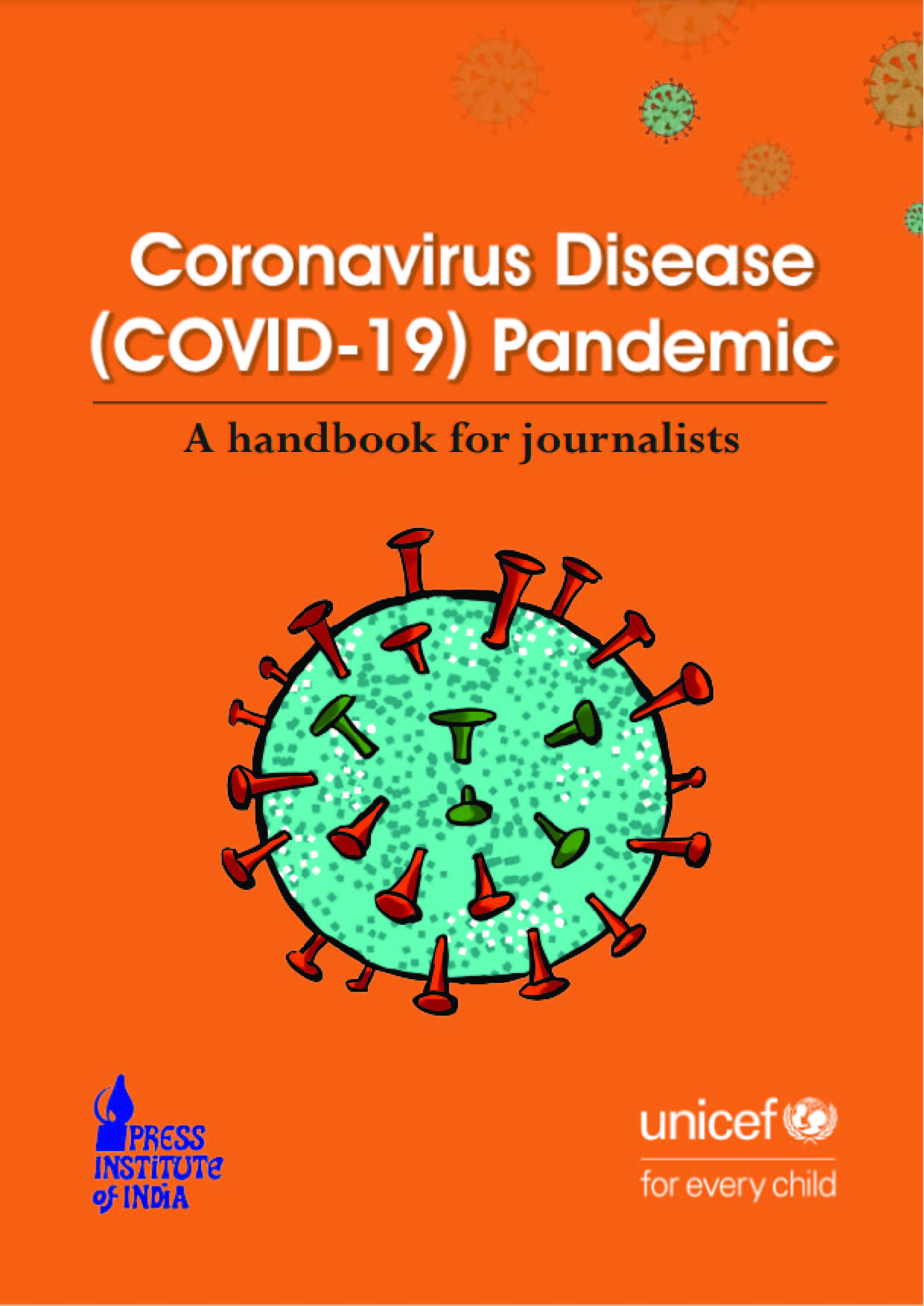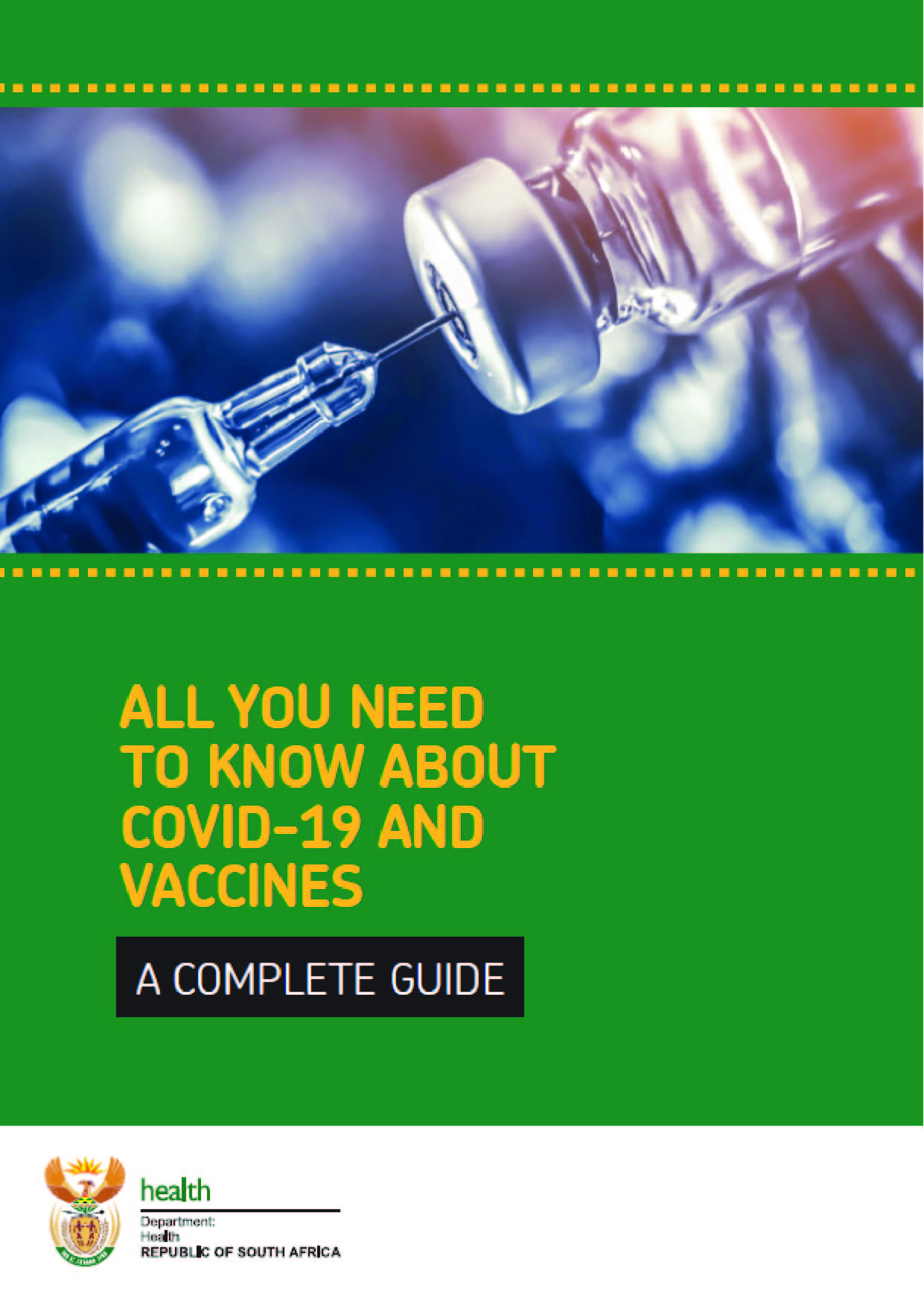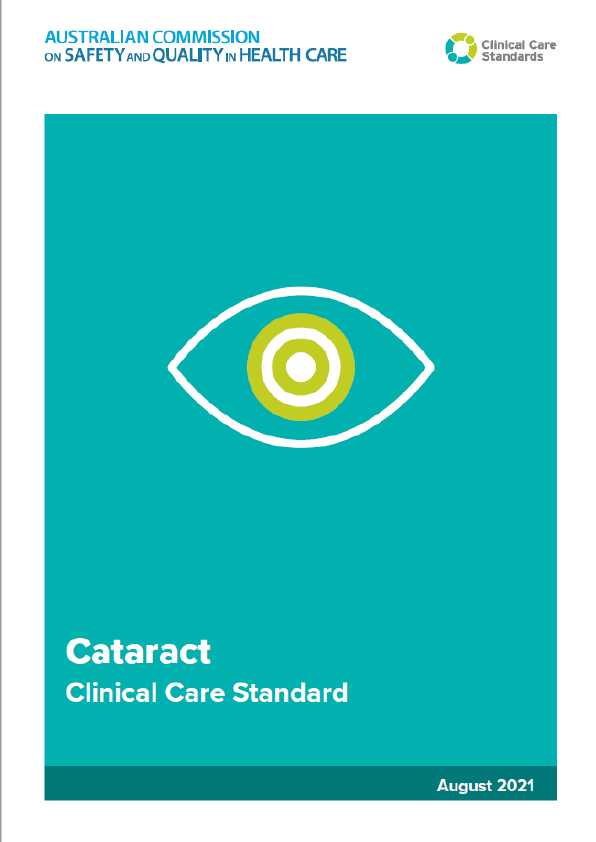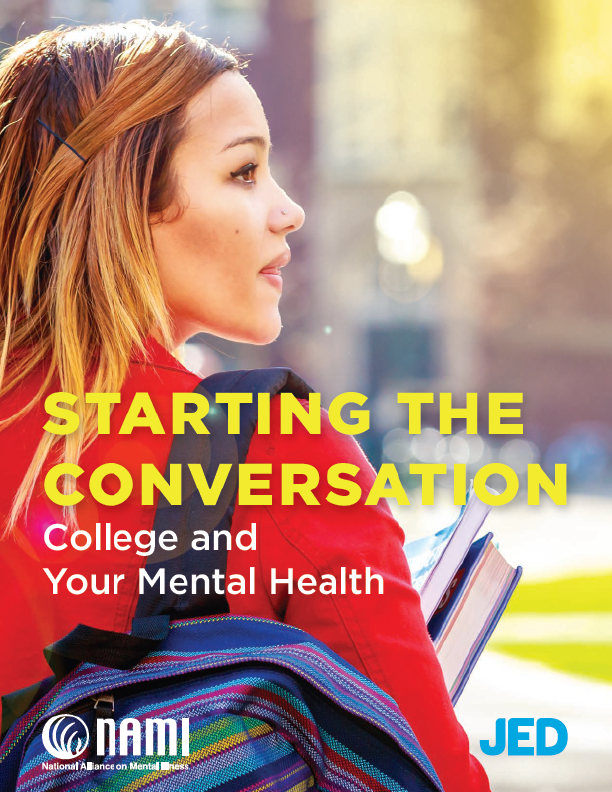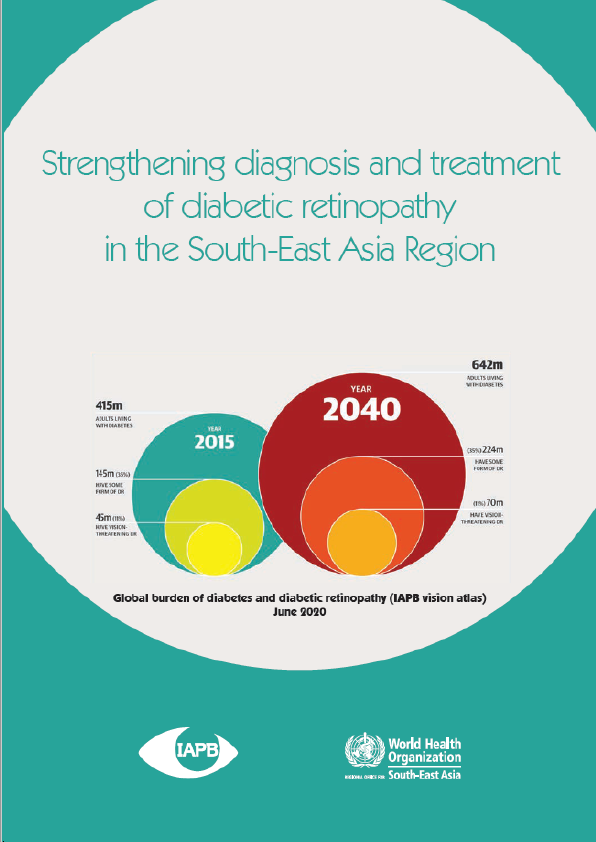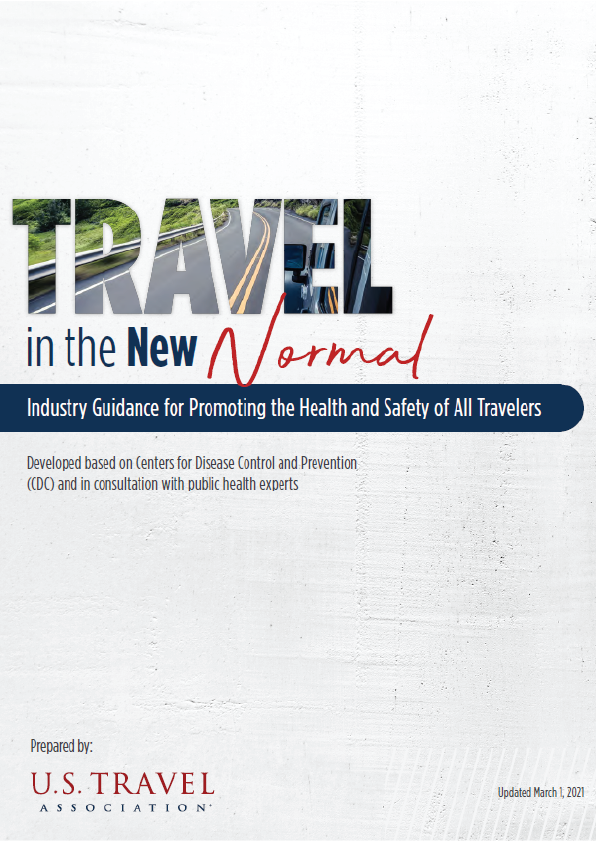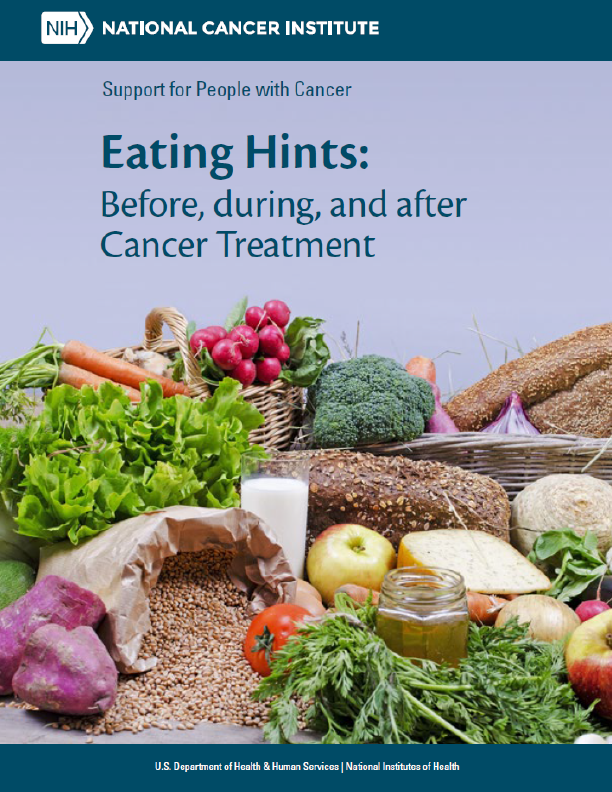To report effectively on any subject, a thorough understanding of the subject is imperative. In this case, at the heart of the matter lies a virus. A virus can generate so much news – community outbreak, cancellation of events, celebrities falling ill, Sensex collapse, and so on and so forth. Journalists are professionally oriented to track such developments and report on them. The steps to take to avoid getting infected by the virus, the symptoms of infection, how to prepare the family to deal with an emergency, whom to contact for services, etc are also good subjects for feature stories. Readers and viewers want to know that what they are getting is immediate, relevant and accurate information, which will help them manage risks and cope with the situation. Therefore, it is essential that journalists have a correct understanding of the entire issue and all its implications. Here is a brief outline, in question-and-answer form, to get you started:
What is the Novel Coronavirus?
The Novel Coronavirus (CoV) is a new strain of the Coronavirus. The disease caused by it, first identified in Wuhan, China, has been named Coronavirus Disease 2019 (COVID-19) – ‘CO’ stands for Corona, ‘VI’ for Virus, and ‘D’ for Disease. The virus is referred to as 2019 Novel Coronavirus or 2019-nCoV. The2019-nCoV is a part of the same family of viruses as the ones which cause Severe Acute Respiratory Syndrome (SARS) and even some types of the common cold. The World Health Organization (WHO) has declared COVID-19 to be a pandemic. Characterising COVID-19 as a pandemic is not an indication that the virus has become deadlier. Rather, it’s an acknowledgement of the geographical spread of the disease.
What are the symptoms of COVID-19 and how does the virus spread?
Symptoms can include fever, dry cough, a runny nose, fatigue and difficulty in breathing. Some may display very mild symptoms or no symptoms at all. In more severe cases, infection can cause pneumonia, grievous illness, and even death. Older people, and those with underlying medical problems are at a higher risk of developing serious illness.
The symptoms of COVID-19 are similar to those of the flu (influenza) or the common cold, which are a lot more prevalent. This is why testing is required to confirm that someone has COVID-19. Like other Coronaviruses, the Novel Coronavirus, too, is transmitted through direct contact with respiratory droplets of an infected person (generated through coughing and sneezing), and touching surfaces contaminated with the virus.
How can the virus be prevented from spreading?
It’s important to remember that key preventive measures for all the Coronavirus-linked diseases are the same – frequent hand-washing and respiratory hygiene (covering your cough or sneeze with a flexed elbow or tissue, then disposing of the tissue in a closed bin). The COVID-19 virus may survive on surfaces for several hours, but simple disinfectants can kill it. Also, there is a vaccine for the flu – so remember to keep yourself and your child up-to-date with vaccinations. In brief, to avoid the risk of transmission, people should:
• Wash their hands frequently using an alcohol-based hand rub or soap and water.
• Cover their mouth and nose when coughing or sneezing.
• Avoid close contact with anyone who has a fever and cough.
• Seek medical care early if they have fever, cough and difficulty breathing.
• Share previous travel history with their healthcare provider.
As with other diseases, there are a lot of myths and incomplete or inaccurate information being bandied about regarding the Novel Coronavirus, especially as it is a new disease. Journalists, who are under pressure during the crisis to come out with reports in various branches of the media on the evolving situation, are in danger of falling into the trap of disseminating such myths and inaccuracies as ‘facts’. Before putting out articles, features, reports or audio-visual programmes, use the ready reckoner of Frequently Asked Questions below as a cheat sheet to quickly identify whether the information you have is authentic and endorsed by reliable authorities.
1. Can cold weather and snow kill the Novel Coronavirus?
There is no reason to believe that cold weather can kill the Novel Coronavirus and linked diseases. The normal human body temperature remains around 36.5°C to 37°C, regardless of the external temperature or weather. The most effective way to protect yourself against the Novel Coronavirus is by frequently cleaning your hands with an alcohol-based hand rub or washing them with soap and water.
2. Does taking a hot bath prevent COVID-19?
Taking a hot bath will not prevent you from catching COVID-19. Your normal body temperature remains around 36.5°C to 37°C, regardless of the temperature of your bath or shower. Actually, taking a hot bath with extremely hot water can be harmful, as it can burn you. The best way to protect yourself against COVID-19 is by frequently cleaning your hands. By doing this you eliminate viruses that may be on your hands, and thus avoid infection that could happen when you touch your eyes, mouth and nose.
3. Can the Novel Coronavirus be transmitted through goods manufactured in China or any country reporting COVID-19 cases?
Even though the NovelCoronavirus can stay on surfaces for a few hours or up to several days (depending on the type of surface), it is very unlikely that the virus will persist on a surface after being transported over long distances and exposed to different weather conditions and temperatures. If you think a surface may be contaminated, use a disinfectant to clean it. After touching it, clean your hands with an alcohol-based hand rub or wash them with soap and water.
